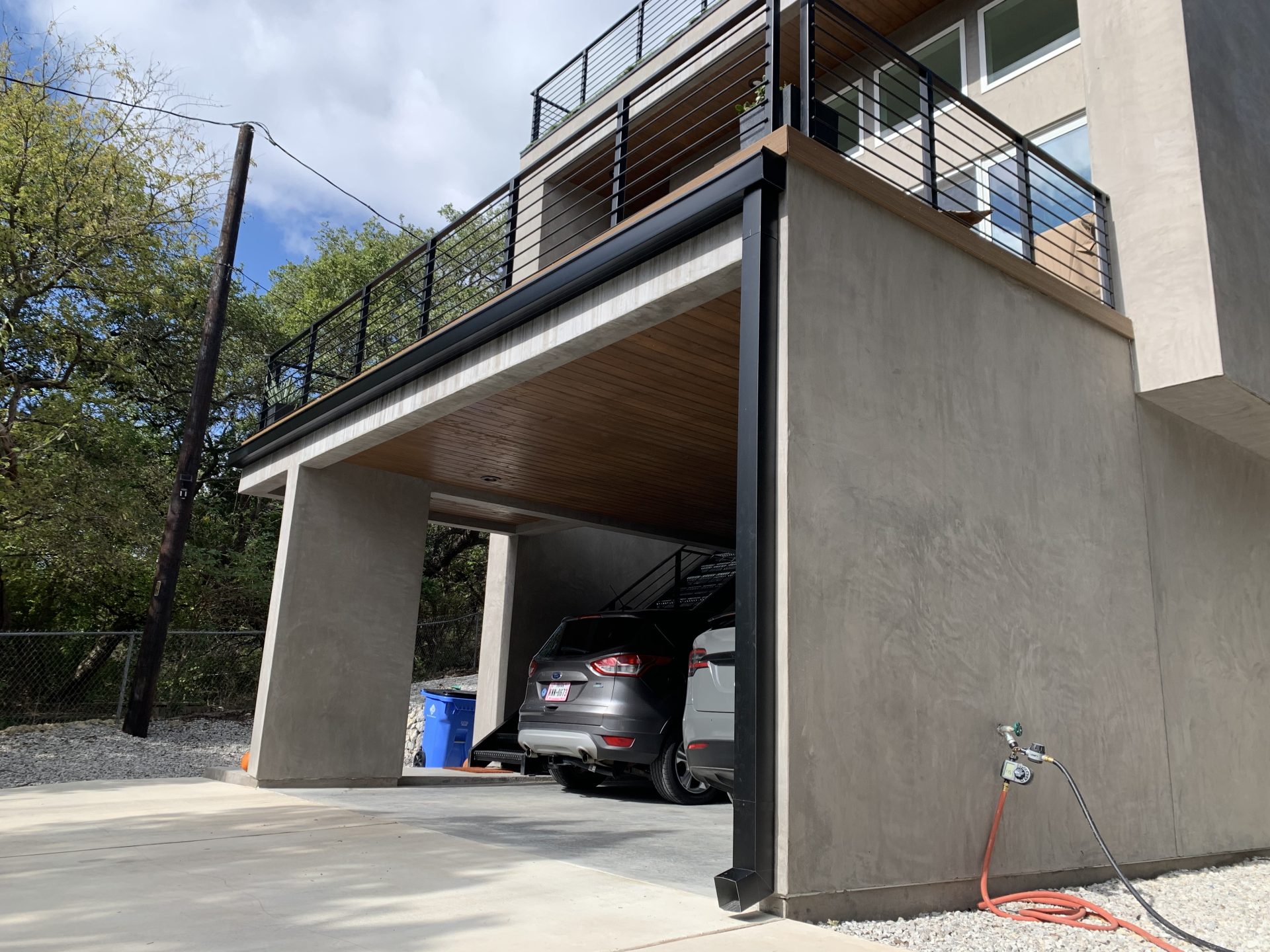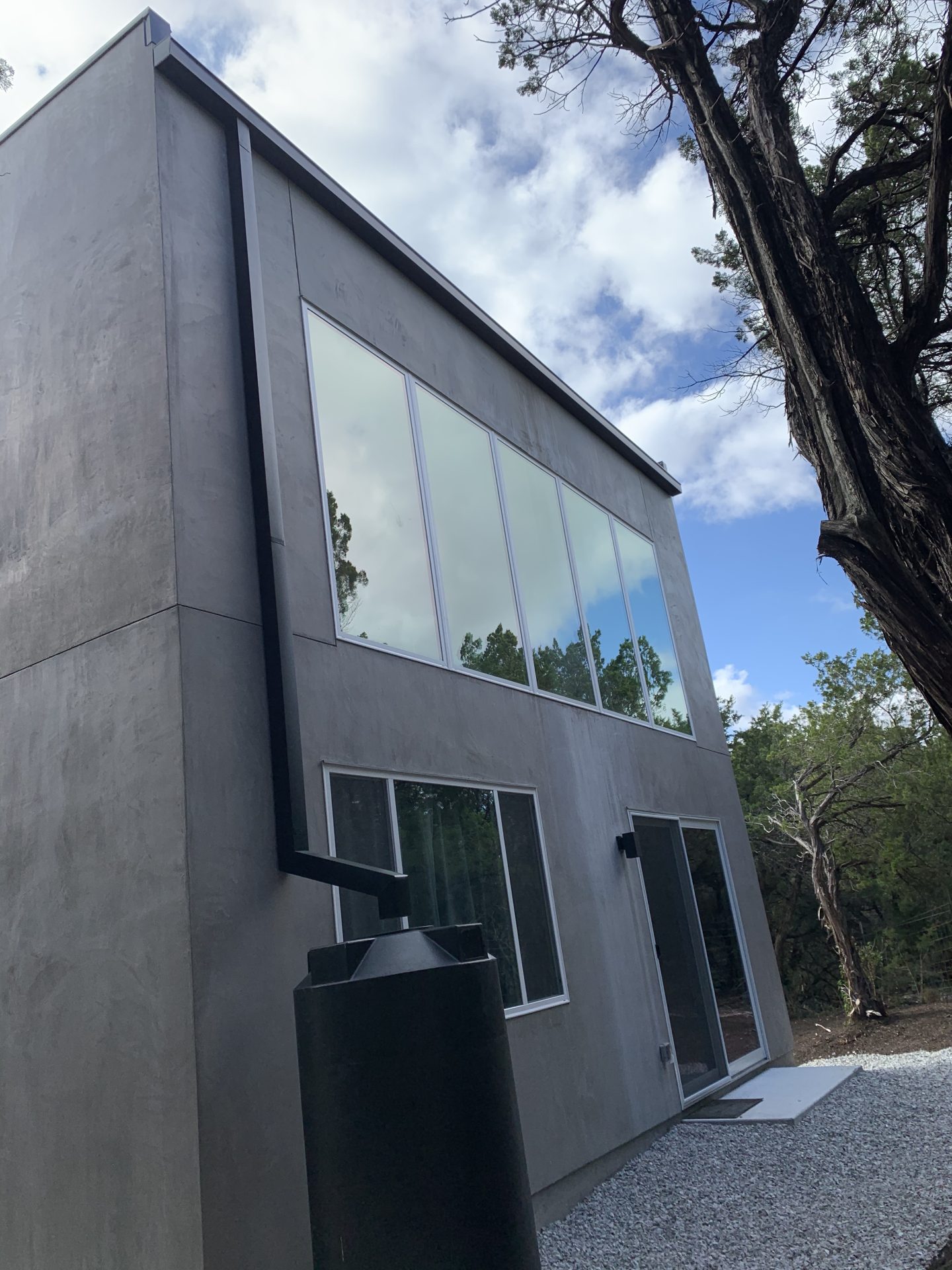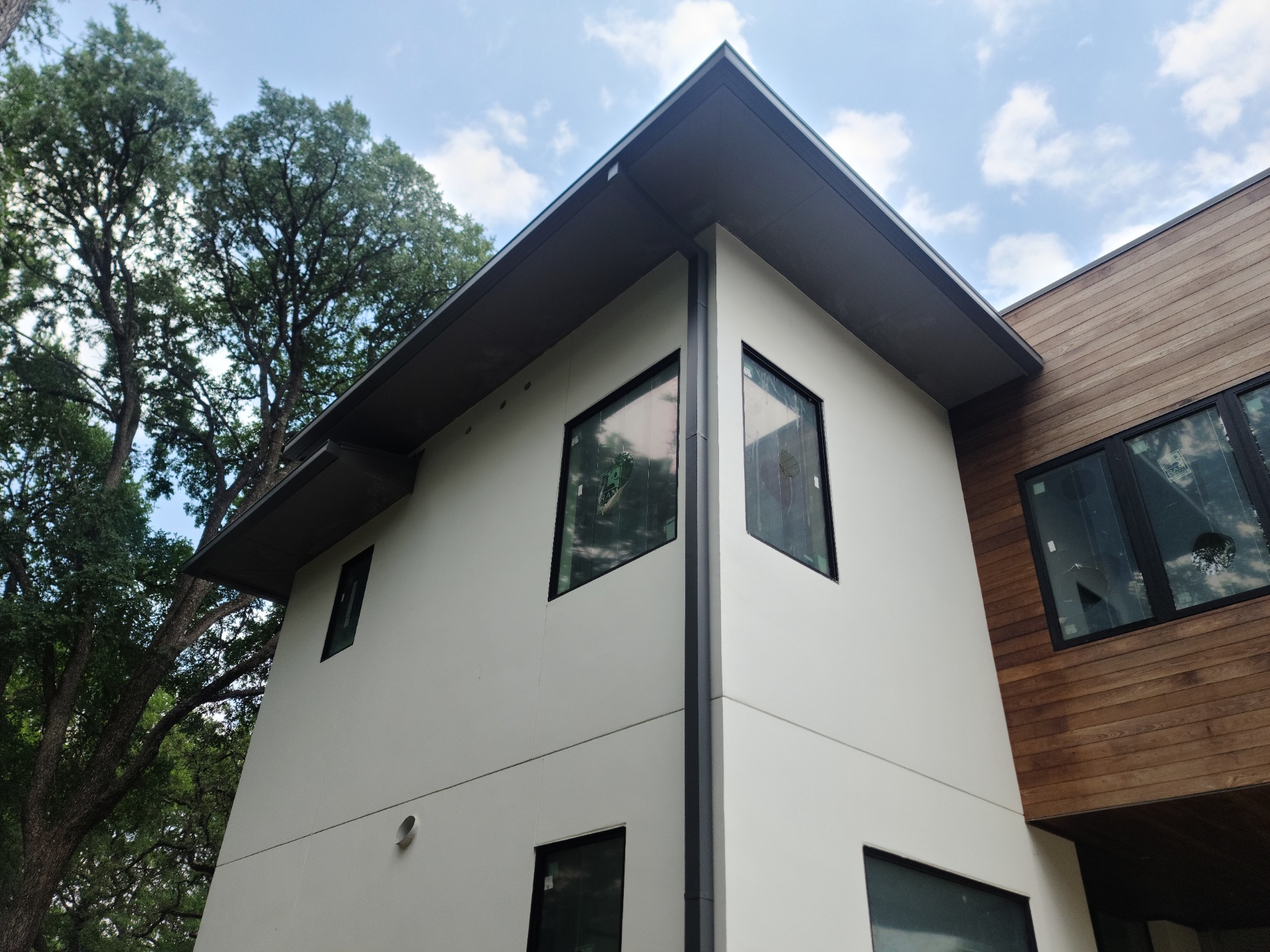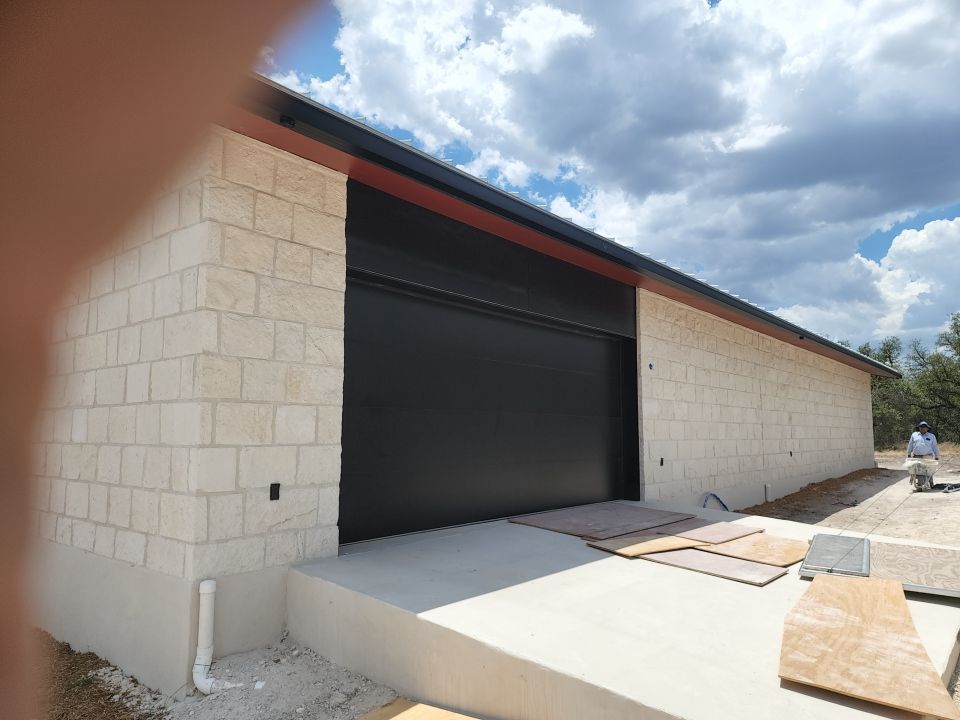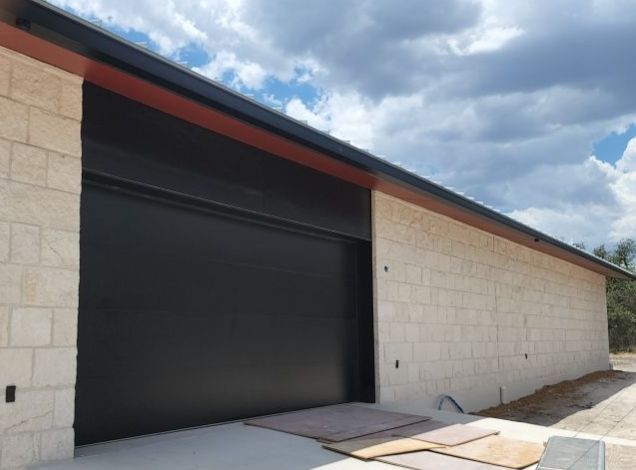Box Gutters Guide
Box gutters are an essential part of any home’s exterior drainage system, but many homeowners are unaware of their existence or how they function. Poorly maintained box gutters can lead to serious water damage to your home’s foundation, roof, and walls. It is therefore important to have a good understanding of these gutters and how they work.
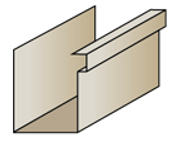 In this post, we will explore all the basics of box gutters. We’ll break down how they work, what materials they are made of, and the different types of box gutters available. Additionally, we will go over the importance of proper maintenance and how to identify problems before they cause bigger issues. So, whether you’re a homeowner or a contractor, read on to learn everything you need to know about box gutters.
In this post, we will explore all the basics of box gutters. We’ll break down how they work, what materials they are made of, and the different types of box gutters available. Additionally, we will go over the importance of proper maintenance and how to identify problems before they cause bigger issues. So, whether you’re a homeowner or a contractor, read on to learn everything you need to know about box gutters.
How box gutters differ from other gutters
Box gutters, also known as concealed gutters or internal gutters, are a popular choice for many homeowners due to their sleek and seamless design. Unlike traditional gutters that are mounted on the exterior of a building, box gutters are integrated into the roof structure. This means that they are hidden from view, providing a clean and aesthetically pleasing appearance.
One of the key differences between box gutters and traditional gutters lies in their construction. While traditional gutters are typically made of separate sections that are joined together, box gutters are custom-fabricated to fit the specific dimensions of the roof. They are usually made from durable materials such as galvanized steel, aluminum, or copper, ensuring long-lasting performance and resistance to corrosion.
Another distinguishing feature of box gutters is their capacity to handle larger volumes of water compared to traditional gutters. The design of box gutters allows for a wider and deeper channel, allowing them to efficiently collect and redirect water away from the roof and foundation of the building. This makes them an ideal choice for areas with heavy rainfall or buildings with large roof surfaces.
Maintenance is another aspect where box gutters differ from traditional gutters. Due to their concealed nature, box gutters are more challenging to inspect and clean. It is crucial to regularly inspect and maintain box gutters to prevent clogs, leaks, and water damage. Professional cleaning and maintenance should be considered to ensure the longevity and proper functioning of box gutters.
Advantages and disadvantages of box gutters
Box gutters, also known as concealed gutters, are a popular choice for many homeowners due to their sleek and unobtrusive design. Understanding the advantages and disadvantages of box gutters is crucial before making a decision for your home.
One of the notable advantages of box gutters is their ability to handle large volumes of water. Their wide and deep design allows for efficient water flow, making them ideal for areas with heavy rainfall or frequent storms. This feature ensures that your home remains protected from water damage by effectively channeling water away from the roof and foundation.
Another advantage is the aesthetic appeal. Box gutters are tucked away and hidden behind the roofline, providing a clean and streamlined appearance to your home. This design element can enhance the overall curb appeal and value of your property.
However, it is important to consider the disadvantages as well.
- Box gutters require regular maintenance to prevent clogging and ensure proper water flow.
- Due to their concealed nature, it can be challenging to detect blockages or damage without regular inspection.
- Neglecting maintenance can lead to water overflow, leaks, and potential damage to the roof and interior of your home.
- Box gutters can be more costly to install compared to traditional open gutters.
- The complexity of their design and installation process often requires professional expertise, which can increase the initial investment.
However, the long-term benefits and durability of box gutters may offset this initial cost.
Understanding the materials used in box gutters
When it comes to box gutters, understanding the materials used is crucial in making informed decisions for your gutter system. Box gutters are known for their durability and longevity, and the choice of materials plays a significant role in achieving these qualities. Metal is the most common material used for box gutters due to its strength and ability to withstand harsh weather conditions. The most popular metals used include aluminum, galvanized steel, and copper.
- Aluminum: Lightweight and corrosion-resistant, aluminum is a popular choice for box gutters. It requires minimal maintenance and can be easily customized to match the aesthetic of your home.
- Galvanized Steel: This material is coated with a layer of zinc, providing excellent rust and corrosion resistance. Galvanized steel box gutters are highly durable and can handle heavy rainwater flow.
- Copper: Known for its elegance and timeless appeal, copper box gutters are a popular choice for high-end homes. Copper develops a natural patina over time, giving it a unique and beautiful appearance. It is also highly resistant to corrosion.
When selecting the material for your box gutters, consider factors such as climate, budget, maintenance requirements, and aesthetic preferences. Consulting with a professional gutter installer can also help you make the right choice based on your specific needs. Remember, investing in high-quality materials will ensure your box gutters stand the test of time and provide effective water management for your home.
Box Gutter Installation: DIY or hire a professional?
When it comes to box gutter installation, one of the key decisions you’ll need to make is whether to tackle the project yourself or hire a professional. While the DIY route may seem enticing, it’s important to weigh the pros and cons before making a final decision.
Installing box gutters can be a complex task that requires a certain level of expertise. These gutter systems are designed to collect and divert a significant amount of water, ensuring proper drainage and preventing water damage to your property. If not installed correctly, they can lead to leaks, overflow, and structural issues.
One of the main advantages of hiring a professional is their knowledge and experience in box gutter installation. They have the necessary skills to assess your property, determine the appropriate size and design for your box gutters, and ensure proper installation. They also have access to specialized tools and equipment that may not be readily available to DIY enthusiasts.
Moreover, professionals are familiar with local building codes and regulations. They can ensure that your box gutter installation meets the required standards, preventing any potential legal issues down the line. Additionally, hiring a professional provides you with peace of mind, knowing that the job is being handled by someone who is trained and insured.
On the other hand, opting for a DIY approach can save you some money on labor costs. If you have prior experience with gutter installations and feel confident in your abilities, this may be a viable option. However, it’s crucial to thoroughly research and educate yourself on proper installation techniques, materials, and safety precautions.
It’s important to note that box gutter installation can be physically demanding and time-consuming. It may require working at heights and dealing with heavy materials. If you’re not comfortable with these aspects or lack the necessary tools, it’s best to leave the job to the professionals.
Maintenance and Cleaning of Box Gutters
Proper maintenance and regular cleaning of box gutters are essential for the longevity and effectiveness of your gutter system. Box gutters can accumulate debris such as leaves, twigs, dirt, and even bird nests over time, leading to clogs and potential water damage.
To ensure your box gutters function optimally, it is recommended to schedule regular inspections and cleanings, especially during the fall and spring seasons when debris tends to accumulate more rapidly. This will help prevent any potential blockages that can lead to overflow or water damage to your home’s foundation, walls, or roof.
When cleaning box gutters, it’s important to prioritize safety. Use a stable ladder and have someone assist you if needed. Start by removing any visible debris or leaves by hand or with a small garden trowel. Next, use a hose with a high-pressure nozzle to flush out any remaining dirt or smaller debris. Ensure the water flows freely through the gutters and downspouts to confirm there are no blockages.
For more thorough cleaning, consider using a gutter cleaning tool or hiring a professional gutter cleaning service. They have the expertise and equipment to efficiently remove stubborn blockages and clean the gutters more effectively.
In addition to regular cleaning, it’s crucial to inspect your box gutters for any signs of damage or wear. Look for rust, leaks, sagging, or loose connections. If you notice any issues, it’s best to address them promptly to prevent further damage. Repairing or replacing damaged sections of the gutter system can help maintain its functionality and protect your home from potential water damage.
Common Issues with Box Gutters
Box gutters are a popular choice for many homeowners due to their sleek and unobtrusive design. However, like any other gutter system, box gutters are not immune to problems. Understanding the common issues that can arise with box gutters and knowing how to address them is essential in maintaining the functionality and longevity of your gutter system.
One of the most common problems with box gutters is clogging. Debris such as leaves, twigs, and dirt can accumulate in the gutter channels, causing water to back up and overflow. To address this issue, regular gutter cleaning is crucial. Clearing out any debris and ensuring that the gutters are free-flowing will help prevent clogs and potential water damage to your property.
Another common problem with box gutters is leakage. Over time, the constant exposure to the elements and wear and tear can cause the gutter joints to weaken, leading to leaks. To address this issue, inspect your gutters regularly for any signs of leaks or water stains. If you notice any, applying a waterproof sealant or repairing the joints can help prevent further leakage.
Sagging or improper slope is yet another issue that homeowners may encounter with box gutters. When the gutters are not properly installed or maintained, they can start to sag, which affects the proper flow of water. To address this problem, it may be necessary to adjust the slope of the gutter system or reinforce it with additional support brackets.
Box gutters can also be susceptible to rust and corrosion, especially if they are made of metal. Exposure to moisture and harsh weather conditions can cause the gutters to deteriorate over time. Regular inspections and applying a protective coating or paint can help prevent rust and extend the lifespan of your box gutters.
Tips for preventing leaks and water damage
When it comes to box gutters, preventing leaks and water damage is crucial for maintaining the integrity of your home. Here are some essential tips to ensure your box gutters remain leak-free:
- Regular Maintenance: Regularly inspect your box gutters for any signs of damage or wear. Look for cracks, gaps, or rusting, as these can lead to leaks. Clean out any debris or leaves that may have accumulated to prevent blockages and promote proper water flow.
- Proper Installation: Ensure that your box gutters are installed correctly by professionals who have experience in handling these types of gutters. Improper installation can lead to misalignment and inadequate drainage, resulting in leaks and potential water damage.
- Quality Materials: Invest in high-quality materials for your box gutters. Choose durable, corrosion-resistant materials such as aluminum or stainless steel, which can withstand harsh weather conditions and prevent rusting. Quality materials will offer better protection against leaks.
- Regular Inspections: Schedule regular inspections of your box gutters to catch any potential issues early on. This will allow you to address any minor problems before they escalate into major leaks or water damage. Consider hiring a professional gutter specialist for a thorough inspection.
- Proper Sloping: Ensure that your box gutters have the appropriate slope for efficient water drainage. The recommended slope is typically 1/4 inch per foot. This will prevent water from pooling and reduce the chances of leaks.
- Sealant and Caulking: Apply a high-quality sealant or caulk to seal any gaps or seams in your box gutters. This will create a watertight seal and prevent water from seeping through. Regularly check the sealant for any signs of deterioration and reapply as needed.
- Gutter Guards: Consider installing gutter guards to prevent debris from entering your box gutters. Leaves, twigs, and other debris can cause blockages and lead to overflowing water, potentially causing leaks. Gutter guards will help maintain proper water flow and reduce the risk of clogs.
Enhancing the aesthetic appeal of box gutters
Enhancing the aesthetic appeal of box gutters is a crucial aspect of both residential and commercial building exteriors. While the primary function of box gutters is to efficiently divert rainwater away from the roof, they can also contribute to the overall visual appeal of the structure.
One way to enhance the aesthetic appeal of box gutters is through material selection. Box gutters can be made from various materials such as aluminum, copper, zinc, or galvanized steel. Each material offers its unique charm and visual appeal. For instance, copper gutters can develop a beautiful patina over time, adding a touch of elegance and character to the building.
Another way to enhance the aesthetics of box gutters is by incorporating decorative elements. These could include ornamental brackets, downspouts, or leaf guards that complement the architectural style of the building. Ornate designs or custom detailing can transform a functional gutter system into a visually striking feature that adds charm and character to the overall design.
Additionally, considering the color of the box gutters can greatly impact their aesthetic appeal. Coating the gutters with a color that complements the building’s exterior can create a cohesive and visually pleasing look. Many manufacturers offer a wide range of color options, allowing you to match or contrast the gutters with the building’s color scheme.
Regular maintenance and cleaning are also essential to maintain the visual appeal of box gutters. Accumulated debris, leaves, or dirt can detract from their appearance and potentially cause blockages. By ensuring proper maintenance, including regular cleaning and prompt repairs, you can keep the box gutters looking their best.
Is a box gutter the right choice for your home?
In conclusion, deciding whether a box gutter is the right choice for your home requires careful consideration. Box gutters offer several advantages, such as their ability to handle larger volumes of water, their sleek and discreet appearance, and their suitability for homes with limited eave overhangs.
However, it is important to remember that box gutters also come with certain challenges. They require regular maintenance, as they are prone to debris buildup and can be more difficult to clean compared to traditional gutters. Additionally, box gutters may require a higher initial investment due to their complex installation process.
Before making a decision, it is advisable to consult with a professional gutter installer or contractor who can assess your home’s specific needs and provide expert advice. They will consider factors such as the roof pitch, the climate in your area, and the overall architectural design to determine if a box gutter system is the best fit for your home.
Ultimately, the choice between box gutters and other gutter systems will depend on your personal preferences, budget, and the specific requirements of your home. It is crucial to weigh the pros and cons carefully to make an informed decision that ensures optimal functionality and protection for your property.
Remember, proper gutter installation and maintenance are essential to prevent water damage, protect your home’s foundation, and maintain its overall structural integrity. So, whether you choose box gutters or another gutter system, ensure regular inspections and upkeep to keep your home safe and dry for years to come.


